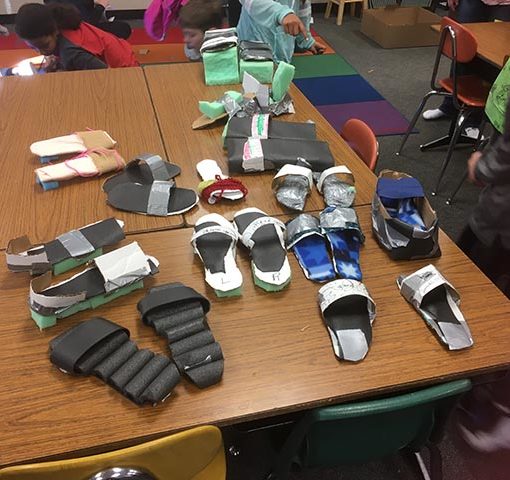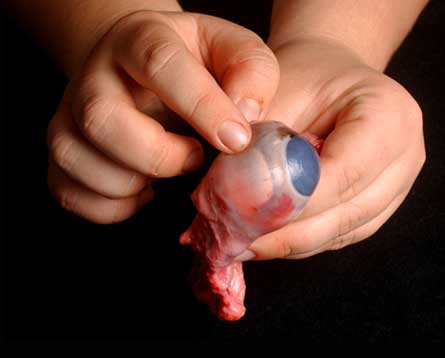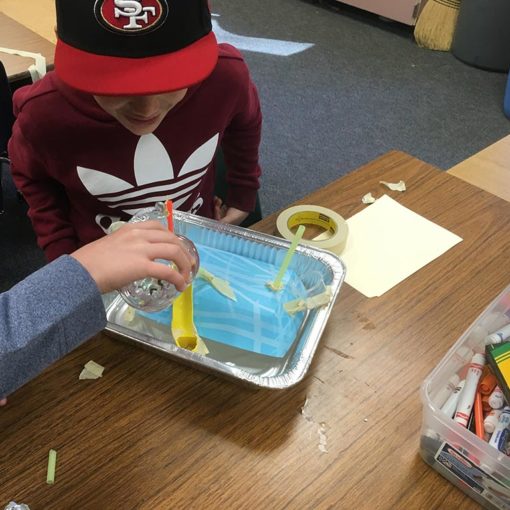How do our eyes and brains work together to form images? How can we see colors? Can we trust everything our eyes see? Can we create optical illusions? Can we construct a model of the eye that produces an image?
These were some of the questions we explored in our recent CSW sessions.
We started off identifying the anatomy of our eyes and focusing (pun intended!) on the role those parts play in vision — particularly the pupil, lens, and retina. Using simple exercises and optical illusions, the students explored how light comes into our eyes and how our eyes and brain interact to interpret this.
Then, using two pieces of black cardstock, wax paper, and aluminum foil, students created a model of their eyes simulating the functions of the pupil, lens, and retina by creating a pin-hole viewer. They go outside to observe the horizon through their viewers and noted that the image is smaller, but sharper with a smaller pinhole, larger and more unfocused with a larger pinhole. They also observed that the image is upside-down, and we discuss that that is how images are projected onto our own retinas, and that our brains “read” them as right-side-up.




